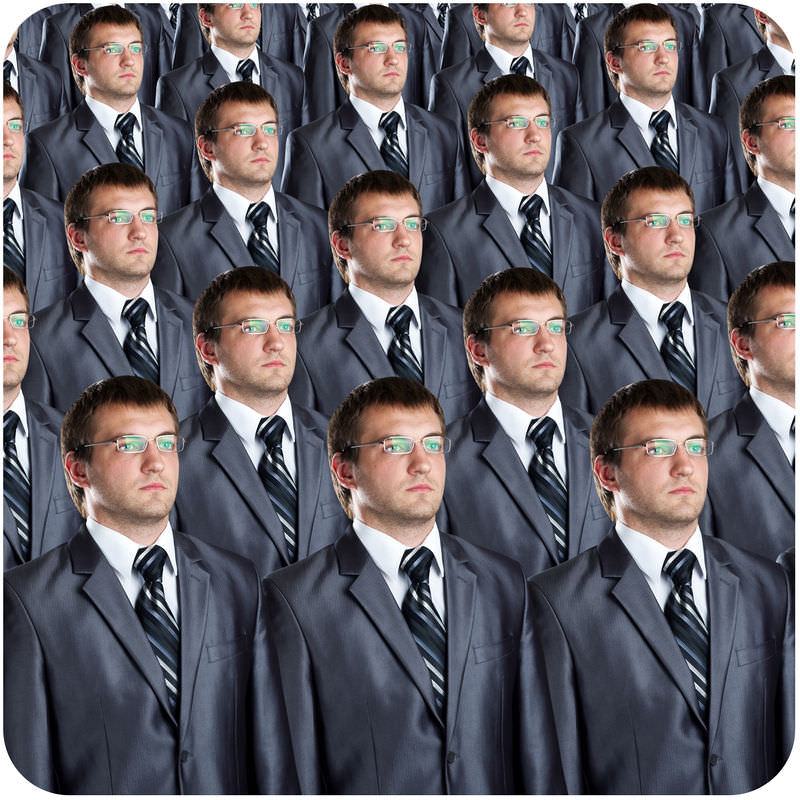3.9: Cloning
- Page ID
- 13353

Would you like to clone yourself?
Although it's illegal to clone humans in the United States, it is possible to clone many types of animals. What might be the consequences if we allowed human cloning?
Cloning
Cloning is the process of creating an exact genetic replica of an organism. The clone’s DNA is exactly the same as the parent’s DNA. Bacteria and other single-celled organisms have long been able to clone themselves through asexual reproduction. Plants can also reproduce asexually. In animals, however, cloning does not happen naturally. In 1997, that all changed when a sheep named Dolly was the first large mammal ever to be successfully cloned. Other animals can now also be cloned in a laboratory.
The process of producing an animal like Dolly starts with a single cell from the animal that is going to be cloned. Below are the steps involved in the process of cloning:
- In the case of Dolly, cells from the mammary glands were taken from the adult that was to be cloned. But other somatic cells can be used. Somatic cells come from the body and are not gametes like sperm or egg.
- The nucleus is removed from this cell.
- The nucleus is placed in a donor egg that has had its nucleus removed. The nucleus must be removed from the donor egg to maintain the appropriate chromosome number.
- The new cell is stimulated with an electric shock and embryo development begins, as if it were a normal zygote. The zygote is the first cell of a new organism.
- The resulting embryo is implanted into a mother sheep, where it continue its development (Figure below).

Is Cloning Easy?
Cloning is not always successful. Most of the time, this cloning process does not result in a healthy adult animal. The process has to be repeated many times until it works. In fact, 277 tries were needed to produce Dolly. This high failure rate is one reason that human cloning is banned in the United States. In order to produce a cloned human, many attempts would result in the surrogate mothers experiencing miscarriages, stillbirths, or deformities in the infant. There are also many additional ethical considerations related to human cloning. Can you think of reasons why people are for or against cloning?
Summary
- Cloning, or creating an exact replica of an organism, is now possible for many animals.
- There are many ethical considerations related to human cloning, and it is now illegal to clone humans in the United States.
Review
- Describe the process of creating an animal clone.
- What are some reasons why human cloning is banned?

